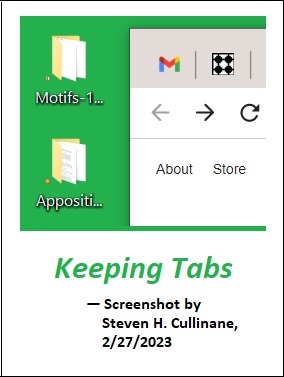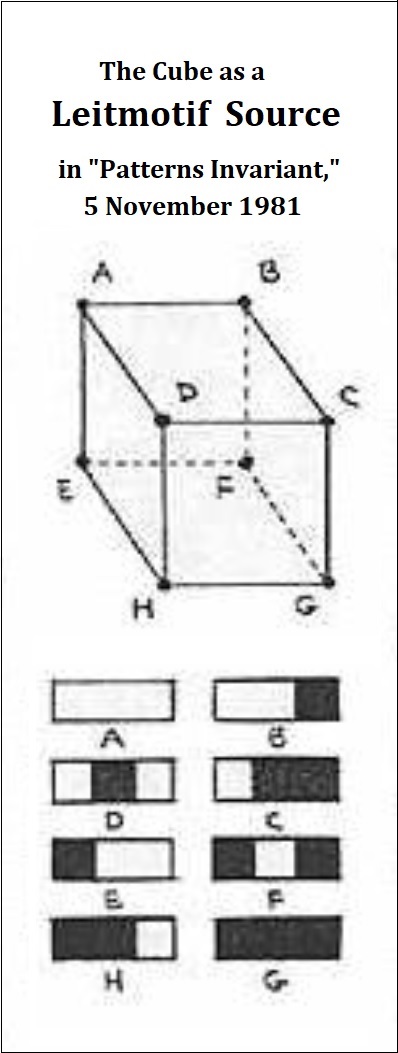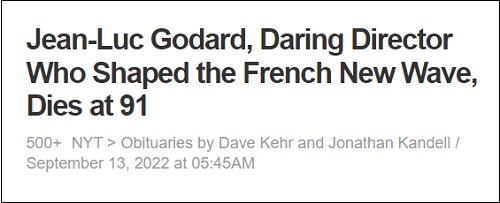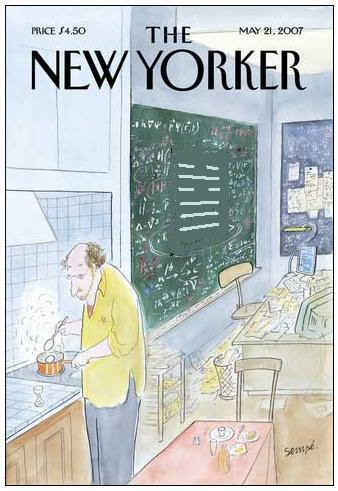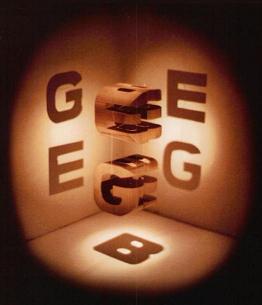Exploring bitspace via posts so tagged yields . . .
This, together with the acronym COS from Charlottesville, suggests
a look at what Princeton means by COS.
Why COS? . . . November 6, 2015 . . . Serena Zheng
(https://admission.princeton.edu/blogs/why-cos) —
Three years ago around this time, I was applying to Princeton,
and I had no idea what I wanted to study.
I was, however, pretty set against studying computer science,
or "COS," as we call it at Princeton.
"Three years ago around this time" translates to November 6, 2012.
Hence another Princeton-related tale . . .













